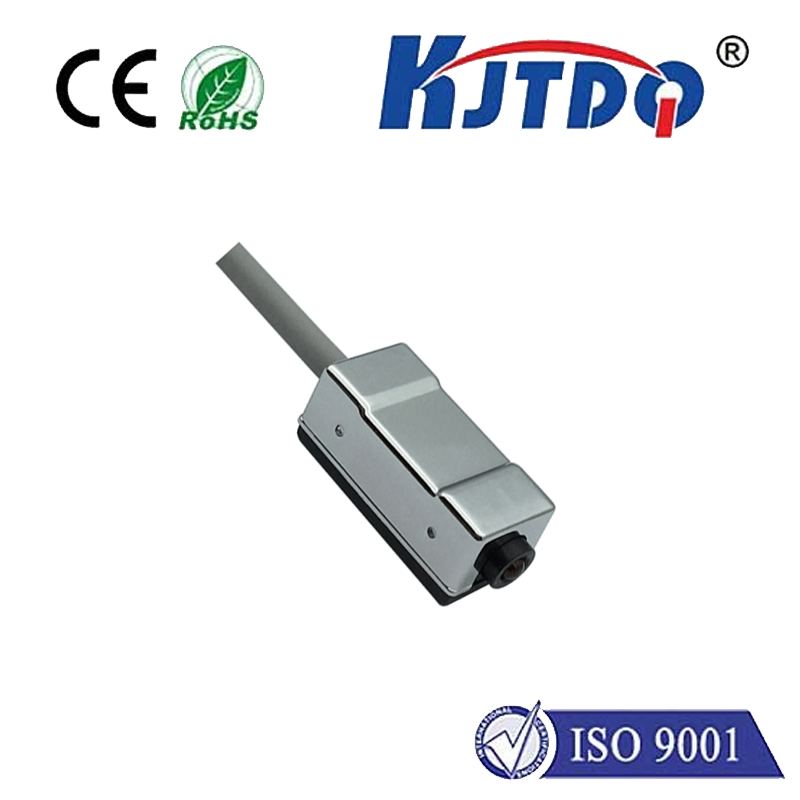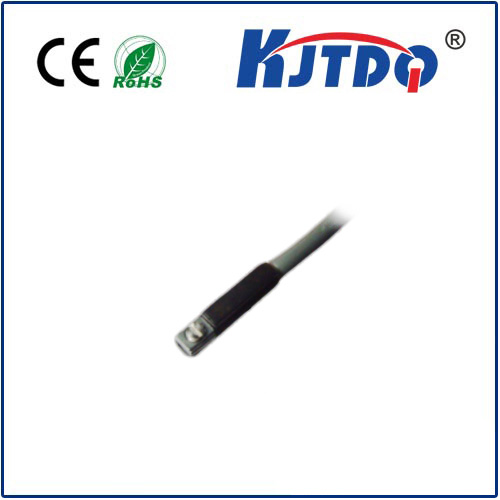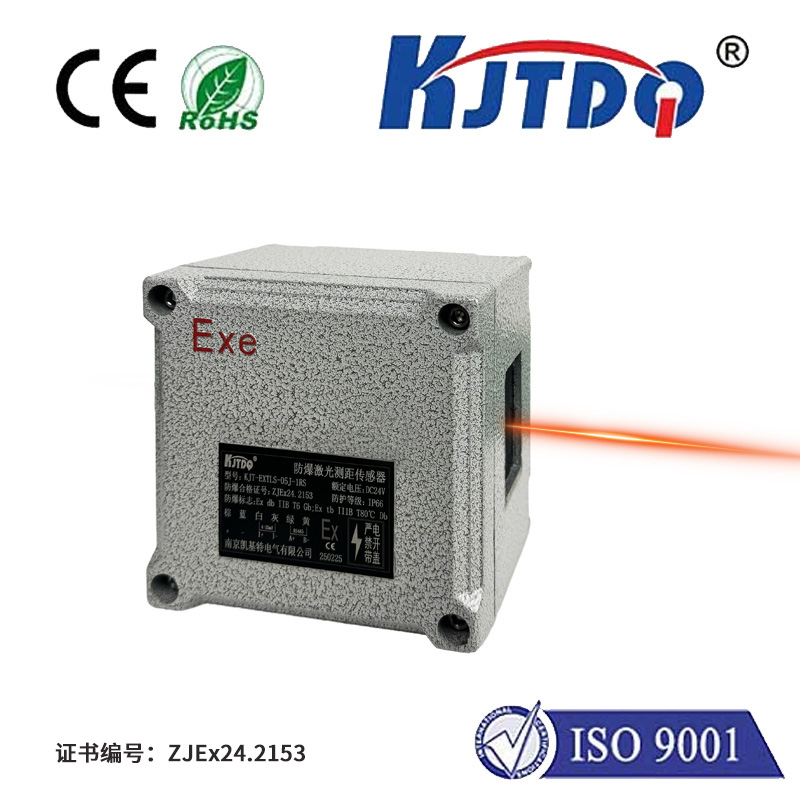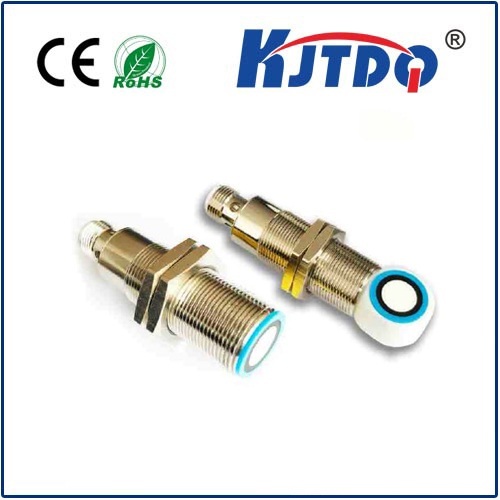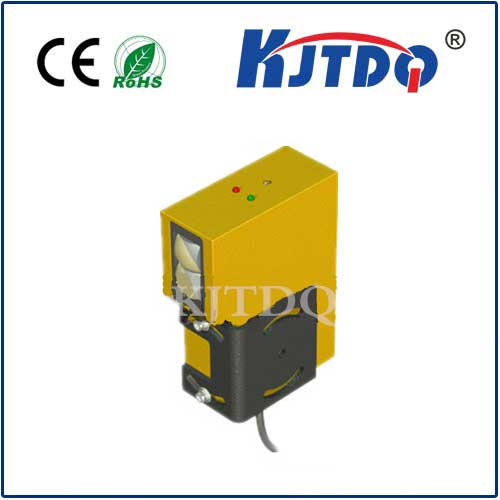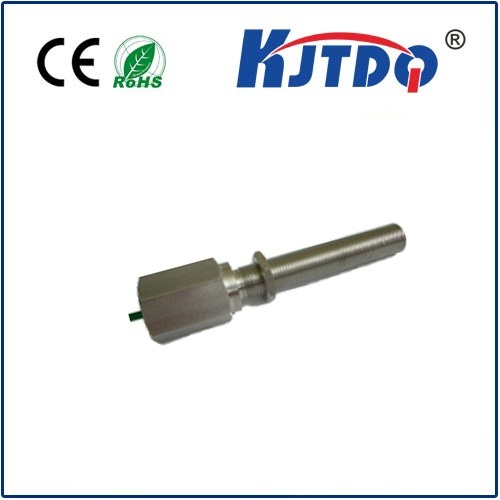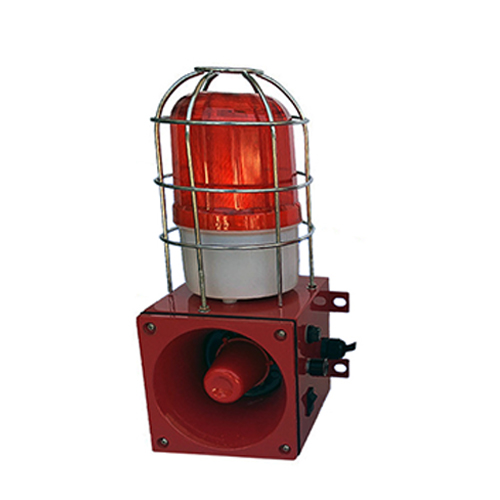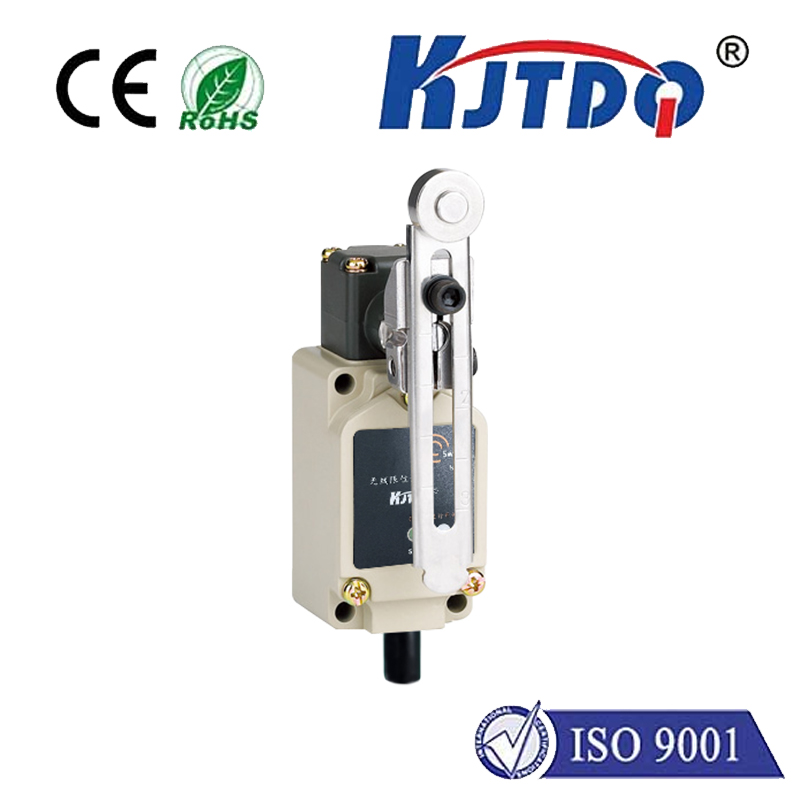proximity device
- time:2025-06-20 01:07:53
- Click:0
Proximity Sensors: Your Ultimate Guide to Smart Detection Solutions
Imagine walking into a room and the lights instantly illuminate your path, hands full, and your faucet magically turns on, or machinery in a busy factory halting safely the instant a worker gets too close. These aren’t scenes from a sci-fi movie; they’re everyday realities powered by the unassuming yet crucial proximity device. Often unseen but integral to modern technology, proximity sensors quietly orchestrate safety, efficiency, and convenience across countless applications.
The Core Principle: Sensing Without Touch
At its heart, a proximity sensor is a device designed to detect the presence or absence of a nearby object without requiring physical contact. This non-contact detection capability is its defining feature, making it invaluable in environments where touch is impractical, could cause contamination, or might damage delicate objects. Instead of mechanical switches, proximity devices typically rely on changes in an electromagnetic field, capacitance, or light patterns to identify an object entering their detection zone.
Unpacking Common Proximity Sensor Types

Several technologies underpin proximity detection, each suited to specific materials and environments:
- Inductive Proximity Sensors: The undisputed champions of industrial automation. These proximity devices generate an electromagnetic field. When a metallic (typically ferrous) object enters this field, it induces eddy currents, causing a detectable change in the sensor’s internal oscillation. They are incredibly robust, resistant to dirt, oil, and water, making them perfect for harsh factory floors, machinery, and automotive assembly lines.
- Capacitive Proximity Sensors: These sensors detect both metallic and non-metallic objects (liquids, plastics, wood, granules) by sensing changes in capacitance – the ability to store an electrical charge – between the sensor and the target. Capacitive sensors excel at detecting materials through containers, level sensing for powders or liquids, and presence detection for diverse objects.
- Photoelectric Sensors: While sometimes categorized separately, they are fundamental proximity devices. They emit a beam of light (visible, infrared, or laser) and detect either its reflection from an object (retro-reflective mode) or its interruption (through-beam mode). They offer long sensing ranges and can detect objects of almost any material, size, or color, prevalent in packaging, conveyor systems, and security.
- Magnetic Proximity Sensors (Reed Switches): These simple yet effective sensors use magnetic fields. A sealed glass tube (reed switch) contains contacts that open or close when a permanent magnet approaches. They are ideal for cost-effective, low-power applications like door/window alarms, position detection in machinery, and fluid level indicators using float magnets.
- Ultrasonic Proximity Sensors: These sensors emit high-frequency sound waves and measure the time it takes for an echo to return. They effectively detect objects regardless of material, color, or transparency, and work well in dusty or foggy environments where optical sensors struggle, used for presence detection, level measurement, and distance sensing.
Where Proximity Devices Drive Efficiency and Safety
The applications of proximity sensors are astonishingly broad:
- Industrial Automation: The backbone of modern manufacturing. Inductive sensors count metallic parts on conveyors, detect cylinder positions, ensure machine guarding, and verify component presence. Capacitive sensors monitor filling levels, detect non-metallic materials. Photoelectric sensors control product flow, detect object orientation, and prevent collisions. Proximity detection ensures precision, reduces downtime, and enhances safety.
- Consumer Electronics: Your smartphone screen dims when held to your ear? That’s a proximity device preventing accidental touches. Automatic faucets, soap dispensers, hand dryers, ticket gates, and appliance doors (like microwaves) all rely on capacitive or photoelectric sensors for touchless operation.
- Automotive Systems: From detecting gear positions and parking assistance (ultrasonic sensors) to triggering airbags upon sudden deceleration (using specialized sensors) and automatic headlights/wiper activation, proximity technology makes driving safer and more convenient. Inductive sensors monitor wheel speed for ABS and traction control systems.
- Security Systems: Magnetic sensors (reed switches) protect doors and windows. Passive Infrared (PIR) motion detectors, another form of proximity device, sense heat changes caused by movement. Vibration sensors detect tampering. Proximity cards enable keyless access control.
- Building Automation: Lighting control systems use occupancy sensors (often combining PIR and ultrasonic) to turn lights on/off based on room presence. Automatic doors utilize radar or infrared sensors. Energy management systems leverage sensors to optimize HVAC operation. Capacitive sensors enable touchless light and temperature controls.
Selecting the Right Proximity Sensor: Key Considerations
Choosing the optimal proximity device requires careful analysis:
- Target Material: Is it metallic? Non-metallic? Ferrous or non-ferrous? This dictates inductive vs. capacitive vs. photoelectric.
- Sensing Range: How far away does the object need to be detected? Different types offer vastly different ranges.
- Operating Environment: Factors like temperature extremes, presence of dust, dirt, oil, water, chemicals, or washdown requirements are crucial. Inductive sensors generally excel in harsh, dirty conditions.
- Output Type: Does the machine need a simple on/off signal (PNP/NPN transistor, relay) or an analog distance reading?
- Size and Mounting Constraints: Physical space limitations often dictate sensor choice.
- Response Time and Switching Frequency: How quickly and how often does the sensor need to detect objects?
The Future is Proximous: Smarter, Connected Detection
Proximity sensor technology continues to evolve. Miniaturization enables integration into smaller devices and wearables. Enhanced sensitivity allows detection of finer details or materials. Industrial sensors (IIoT) incorporate IO-Link communication, enabling remote configuration, diagnostics, status monitoring, and predictive maintenance, significantly boosting operational intelligence. The convergence of proximity sensing with AI and edge computing promises even smarter contextual awareness and decision-making – robots that navigate complex environments intuitively, factories that self-optimize based on real-time component presence, and smart homes that anticipate needs seamlessly. As objects become smarter and environments more responsive, the fundamental role of the proximity device – providing accurate, reliable, contactless detection – will only grow more essential. From preventing accidents on a factory floor to conserving water in a restroom, these silent sentinels make our world safer, more efficient, and remarkably more convenient. Understanding their principles and capabilities is key to unlocking smarter solutions across industries and everyday life.












